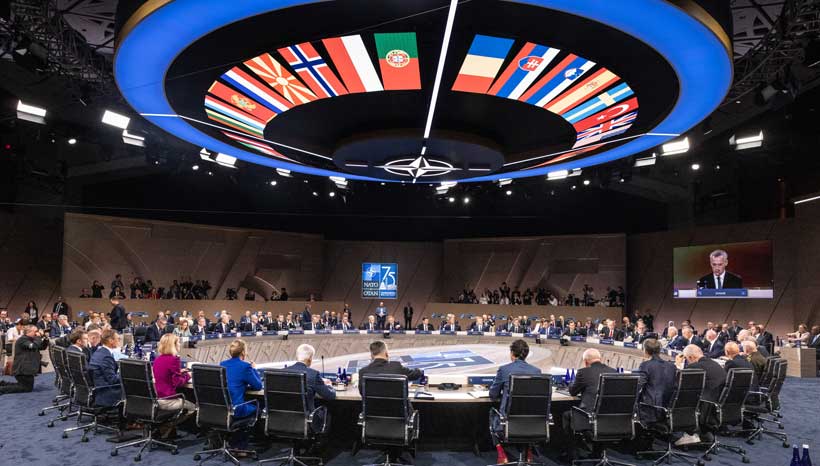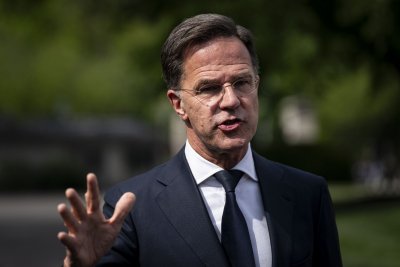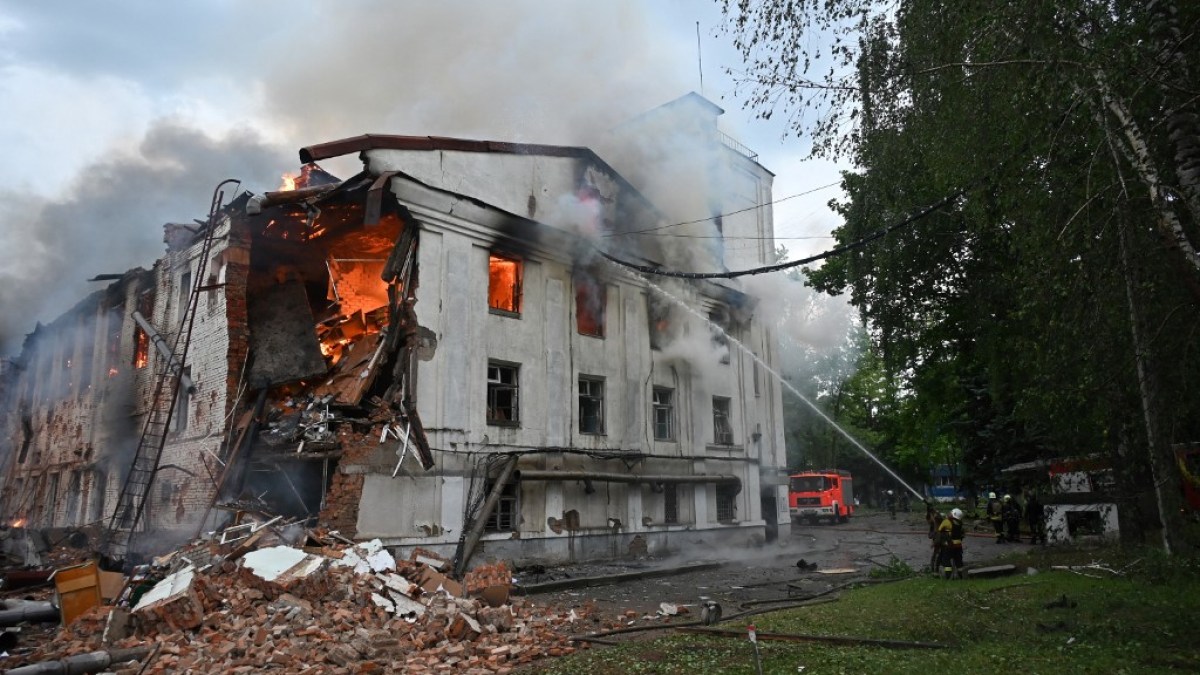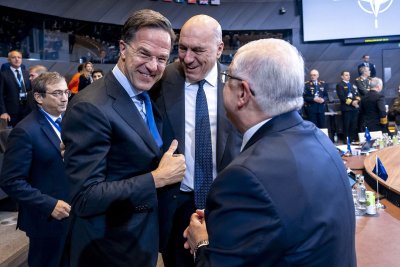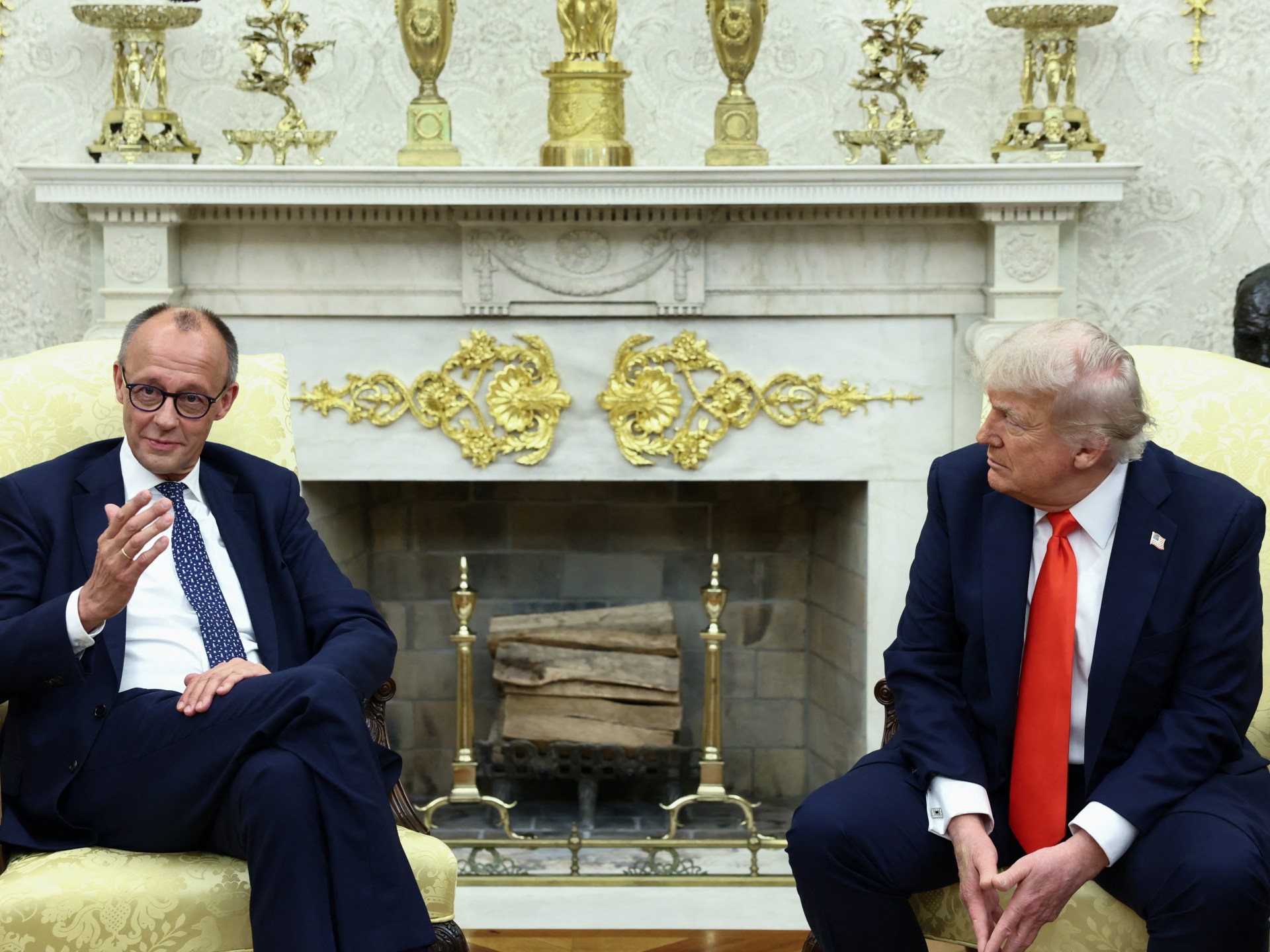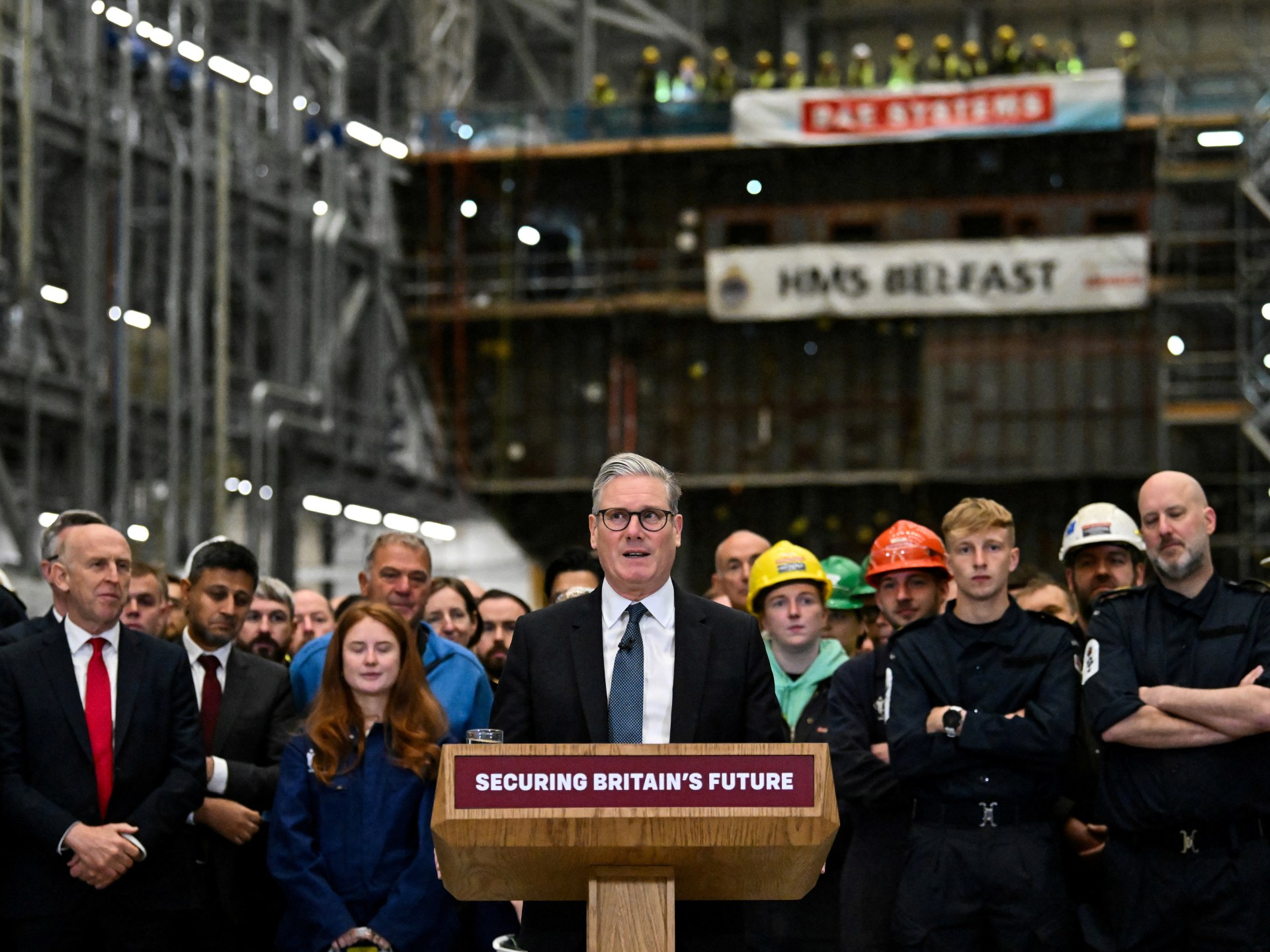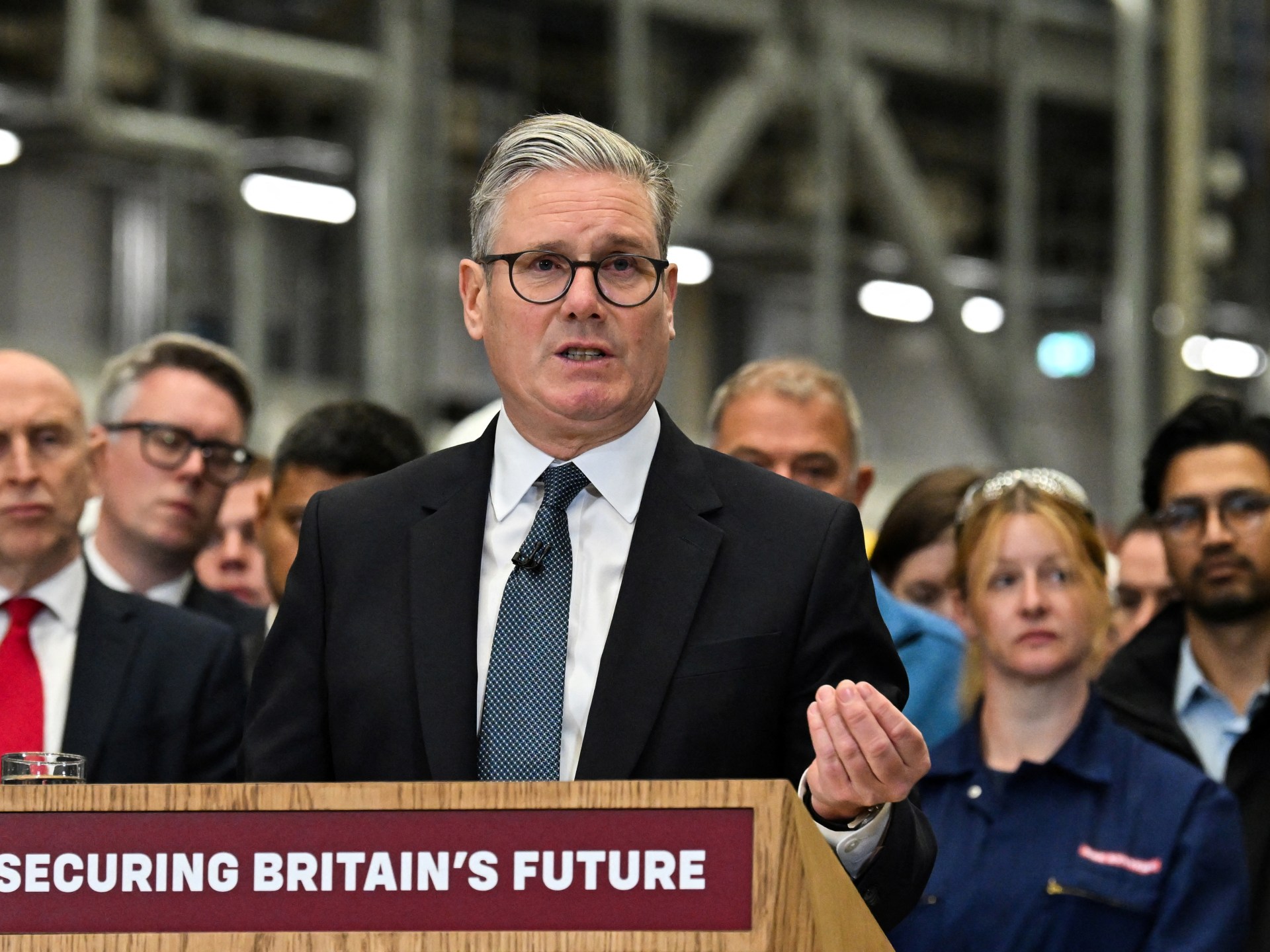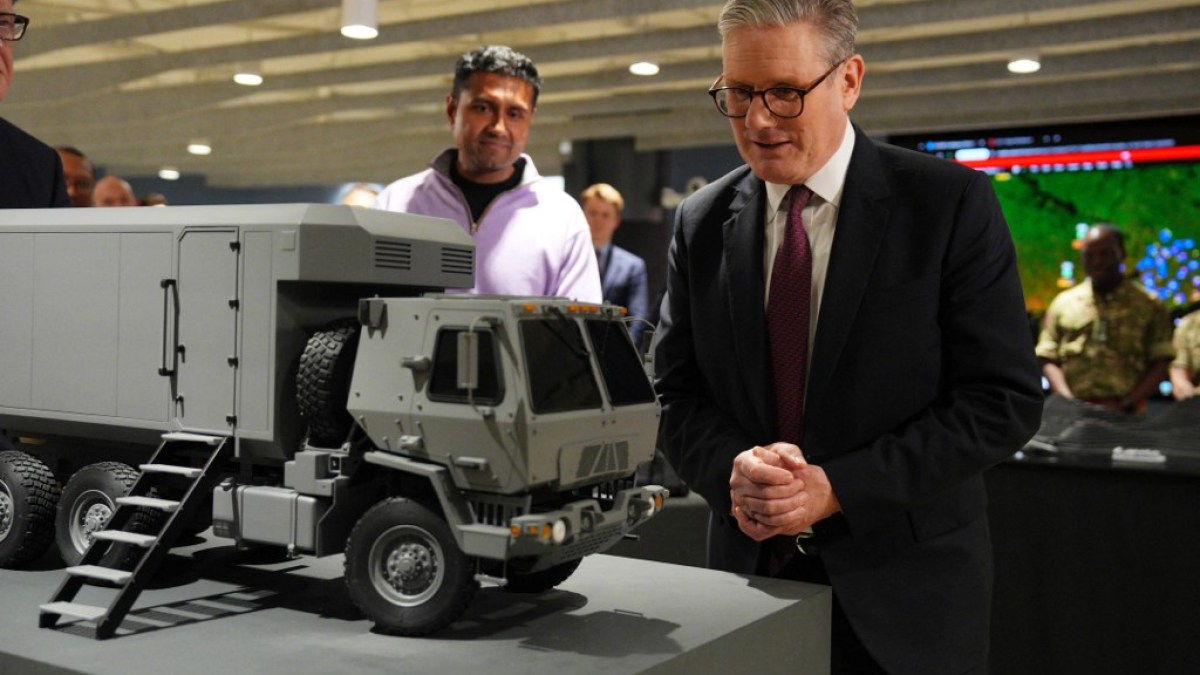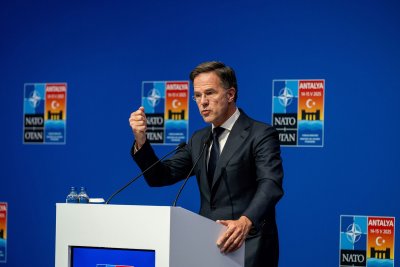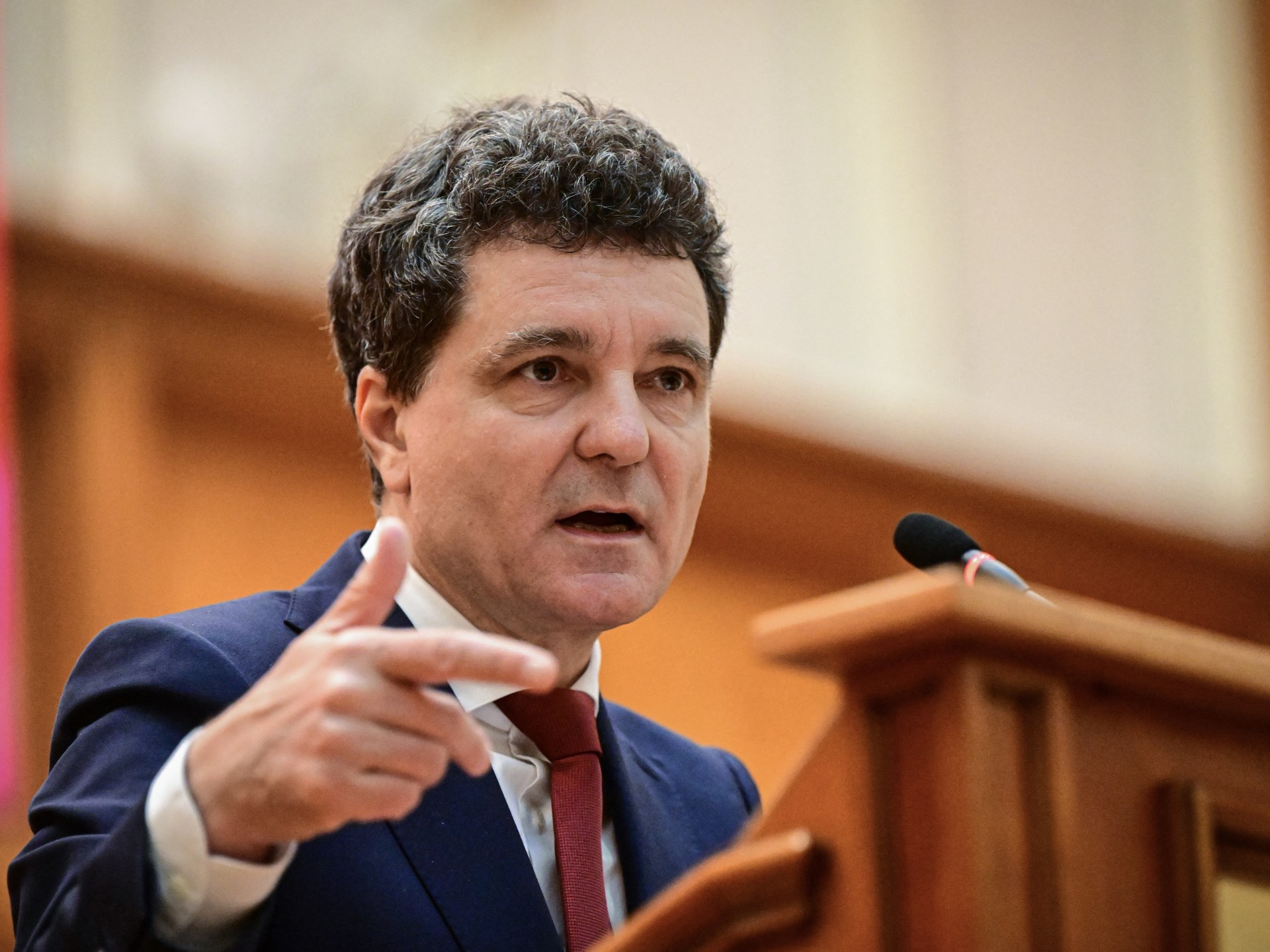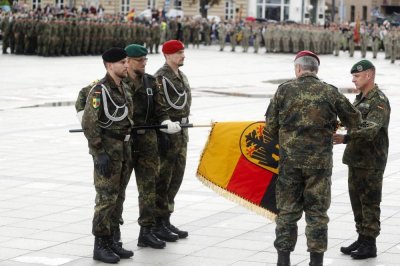The New Approach of Trump Administration to NATO and the Perspective of Hague Summit
Donald Trump’s return to the office of presidency of the United States has restored to prominence issues of NATO’s unity and general strategic purpose. Backtracking from the emphasis of previous administrations on allied unity and common defense, Trump once more put in the spotlight issues of fiscal responsibility, pushing NATO allies to make good on economic commitments or risk reduced American involvement. This transactional orientation has renewed tensions at home in the alliance and challenged the very basic precept of collective defense. Preceding the forthcoming Hague Summit (24–26 June 2025), member states will prepare not only to deal with this American approach but also to encounter a rapidly deteriorating security situation produced by the relentless behavior of Russia in Ukraine.
Right from the first term to his present time in the office, President Trump has continually blamed NATO allies for very low defense investment, making them too dependent on the USA for protection. His insistence on all members reaching or going beyond the 2% GDP benchmark for military spending, as laid down in the 2014 Wales Summit declaration, has meanwhile remained the core of his NATO agenda. The public castigations at the 2018 Brussels Summit were particularly unsettling for transatlantic relationships, the major impact being felt mainly in Germany and Canada, where they failed to meet the target.
The Trump administration has chosen to deal with NATO as if it were a business rather than a multi-party security organization, with the main criterion for appraisal being how cheap the solution is. The new U.S. National Security Strategy unveiled in 2017 overlaps with the idea that the U.S. has allies that, first and foremost, are instrumental for U.S. national interest and not the most important guardians of a common security. The comparison has made European states start to weigh up their potential strategic recovery and long-term flexibility. Member states from the eastern flank of Europe, namely the Baltic countries, Romania, and Poland, are facing both a political and strategic puzzle as a result of the U.S. that is not firm in its commitment. These states are still very much dependent on the faith in U.S. deterrence capability. If there were no clear assurances, their defense strategies would be changed to more independent ones, which would mean the very transfer of the burden that Trump is asking for, but in forms that are not part of NATO.
The Hague Summit is being organized at a time when current geopolitics have been through a phase of a lot of uncertainty. Matters in Ukraine, such as the war entering year number four and NATO interpersonal debates on the subject of fiscal fairness and long-term burden sharing, are the issues that the summit is likely to deal with the most. The most expected themes for discussion include the alliance’s military support to Ukraine, the capabilities of advancing cyber and hybrid defense, the adjustment to new global power competition, and the restoration of unity within the alliance.
Even though officials from the Trump administration have shown their solidarity with Ukraine by stating that they will continuously provide material support, their approach remains centered on visible contributions and the return on the investment. The issue of the discussions at The Hague will most probably be finding a way to change and make military aid more solid and the beginning of the long-term integration of Ukraine into the Western defense frameworks, as well as the reinforcement of the deterrent posture along NATO’s eastern flank. This attitude has already started to change the internal dynamics of NATO decision-making. Member states, in such a situation, are trying out their options, and some are looking for stronger EU defense guarantees or bilateral partnerships, and others are going to the extreme of gaining the favor of Washington by increasing their expenditures or acquiring more defense from U.S. contractors. The pressure may yield short-term gains in spending but could prove corrosive in the long term by reducing trust and weakening the cohesion necessary for coordinated deterrence strategies.
Within NATO, President Trump has repeated calls for greater defense spending on the part of member nations, threatening that America might withdraw from the alliance if its allies do not fulfill financial commitments. Recently, he made a statement that if members “don’t pay their bills,” then he would “absolutely” withdraw from NATO. This stance has caused European nations to rapidly review their defense budgets and led to an increasing push for strategic autonomy among EU member states. Such situations could lead to disagreements concerning summit communiqués, the wording of final declarations, or even if to confirm those basic articles as Article 5 once more. If it is difficult for consensus to be reached, the summit can be like a festival of differences, which are able to be taken advantage of by the adversaries. Besides that, disagreement on the approach to global threats, for instance, on China or occurrences in the Indo-Pacific region, may block NATO’s strategic evolution and prevent its participation in those parts of the world where conflicts of interest will arise.
The summit also might be a major European initiative stage where visible leadership of the continent is given to some of the European Union members. States such as the Netherlands and Germany expect to demand stronger political commitments, while Central and Eastern European nations will require better security guarantees and more decisive action in response to Russian military escalation.
President Trump’s NATO policy resurrects a contentious but prevailing line of questioning within the alliance: who pays, and who benefits? While this emphasis on burden sharing has catalyzed long-needed changes in national defense spending, it also risks undermining the political basis on which NATO exists. The Hague Summit will need to reconcile these tensions and set the stage for a more robust and unified transatlantic security posture. Looking forward, NATO has to reinforce both mechanisms of fiscal transparency and collective strategic direction. NATO has to reconcile equitable contributions with an appreciation that security is not only a question of budgets. Political solidarity, institutional trust, and credible leadership are as important to deterrence as hardware. Above all, the summit must offer a clear vision for the next phase of the war in Ukraine. With the war grinding on and Russian forces intensifying operations, NATO cannot afford uncertainty. A concise, collective blueprint for long-term support, including logistics, infrastructure, and defense integration for Ukraine, will be critical to safeguarding European security.
Finally, the member states should use The Hague Summit as an opportunity to reaffirm NATO’s foundational role: not just as a defense alliance but also as a political community committed to peace, democracy, and the rule of law. Only by embracing both the material and moral dimensions of security can NATO adapt to meet the challenges of the next decade.
